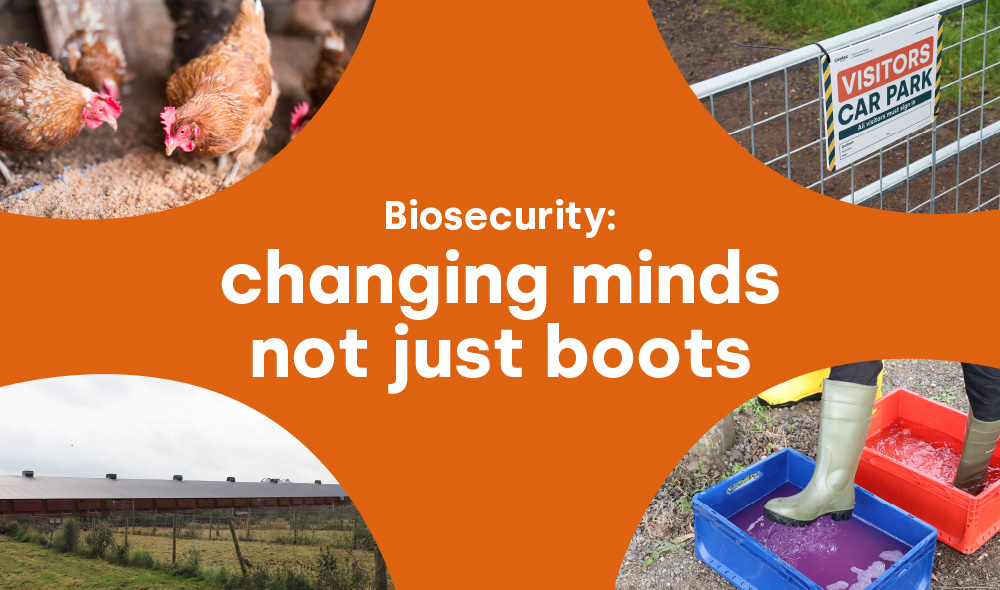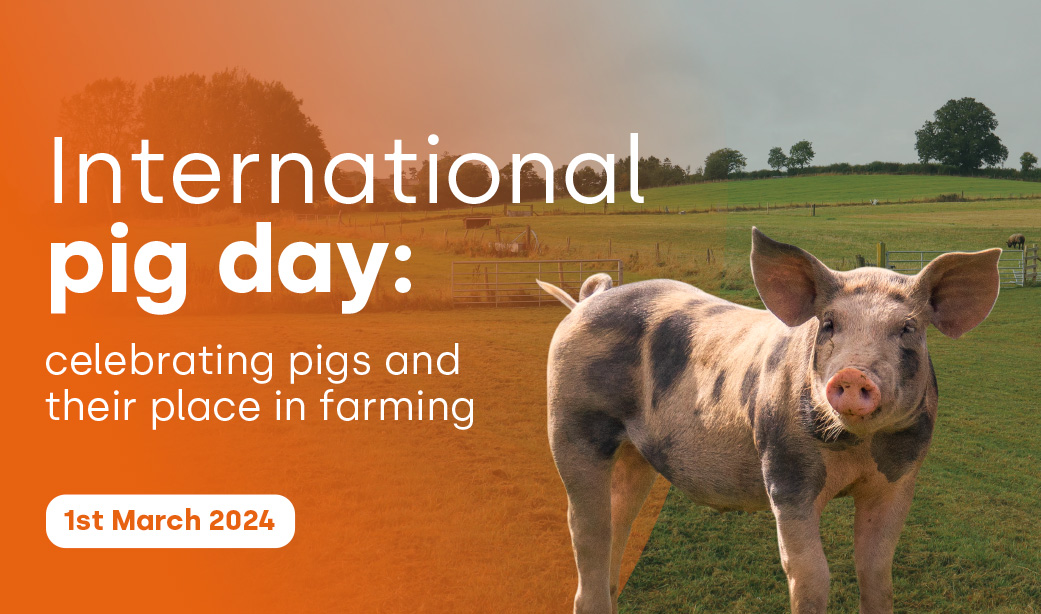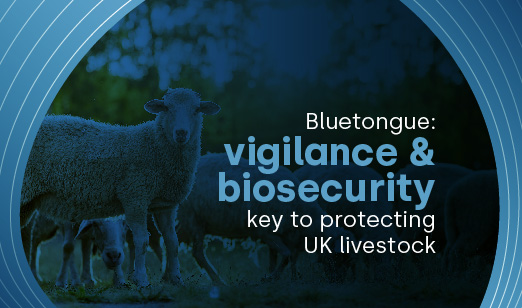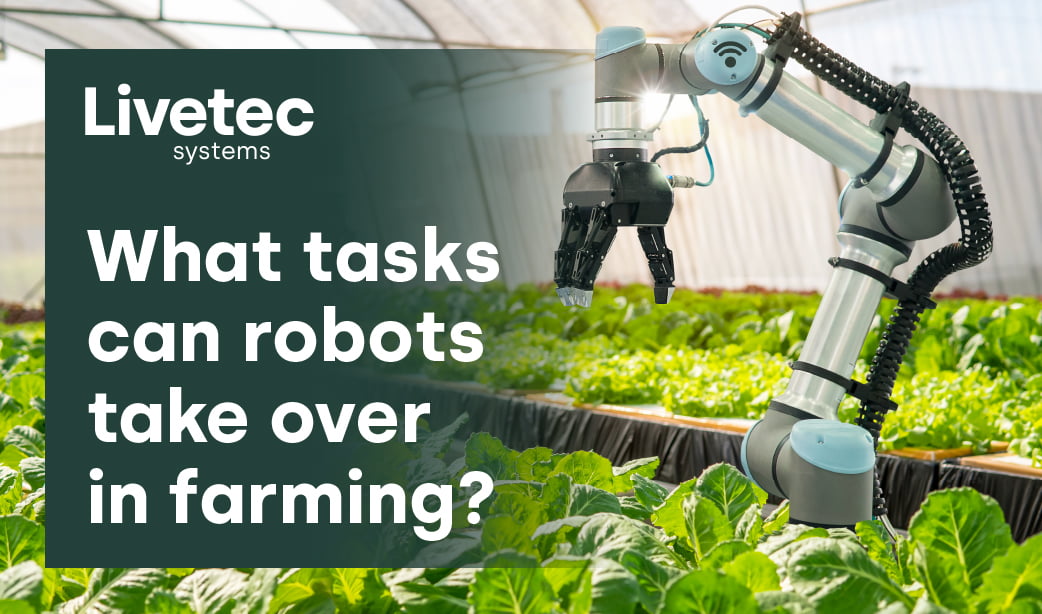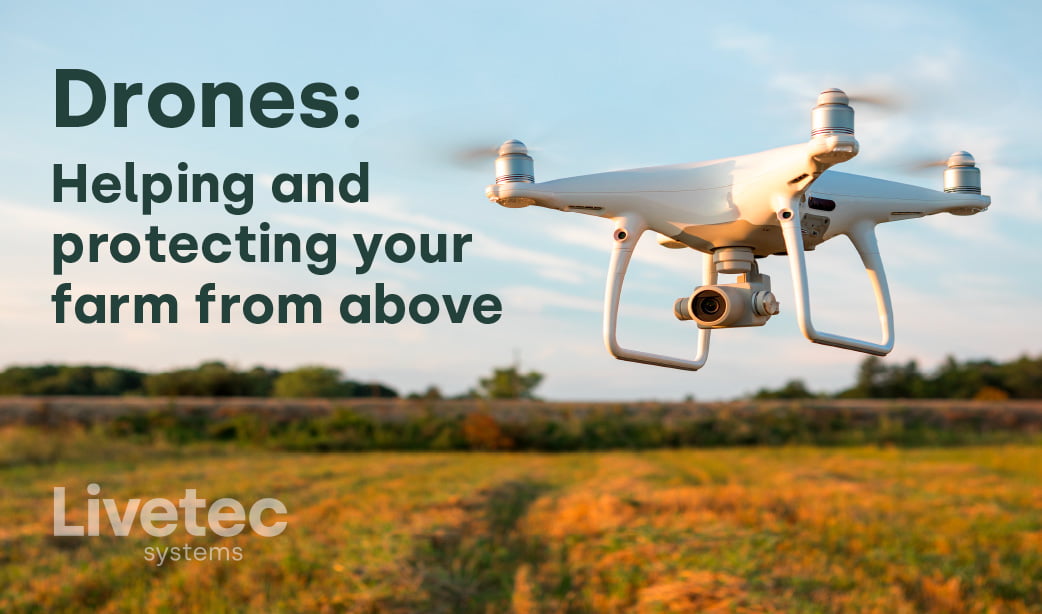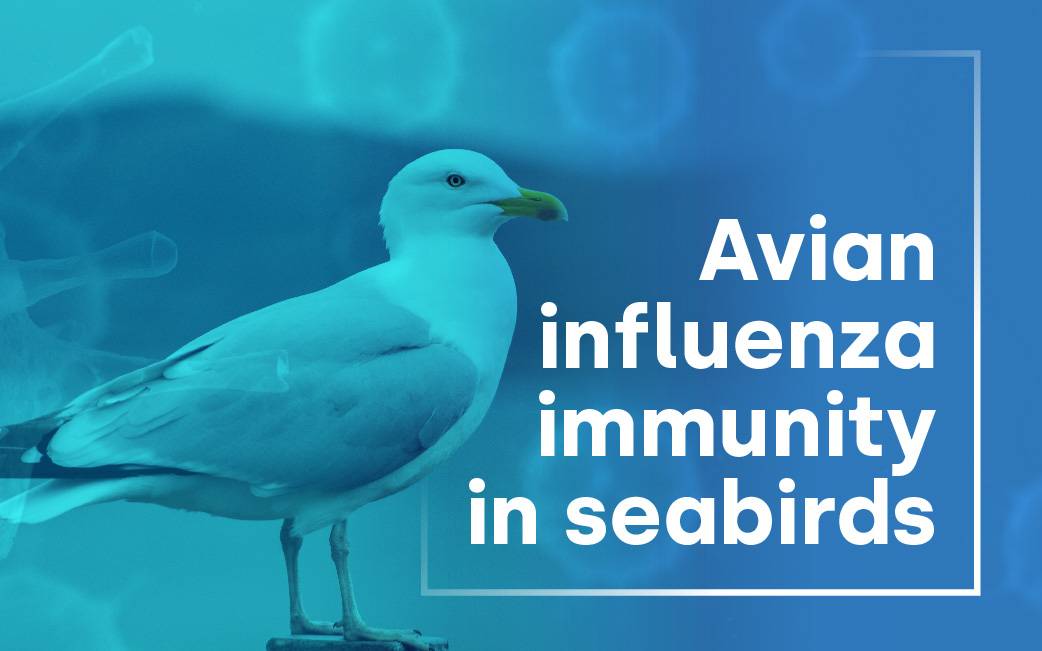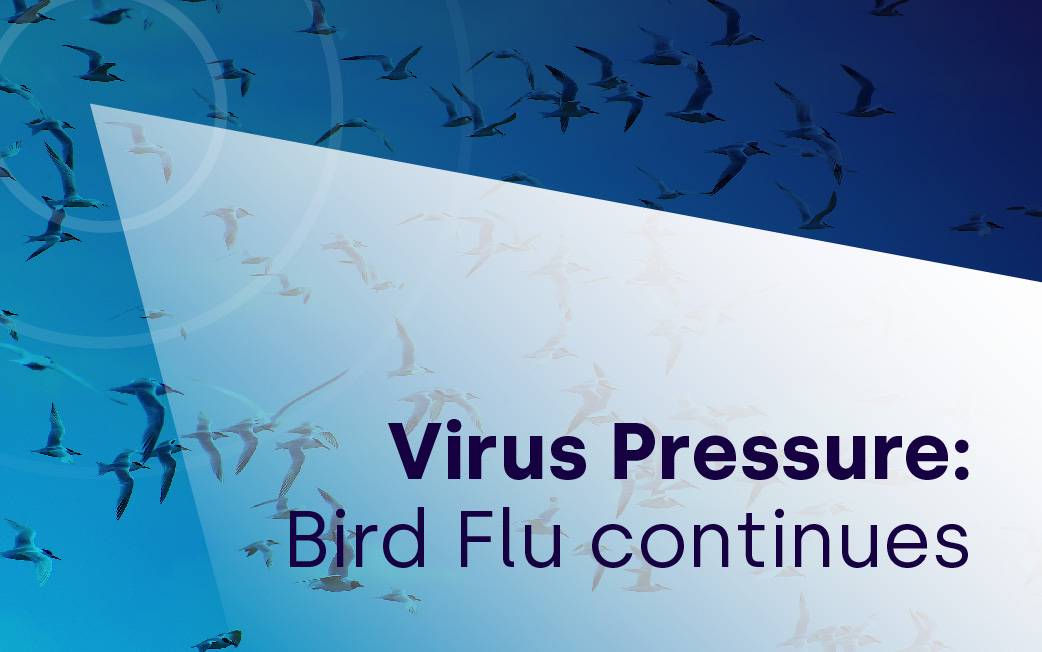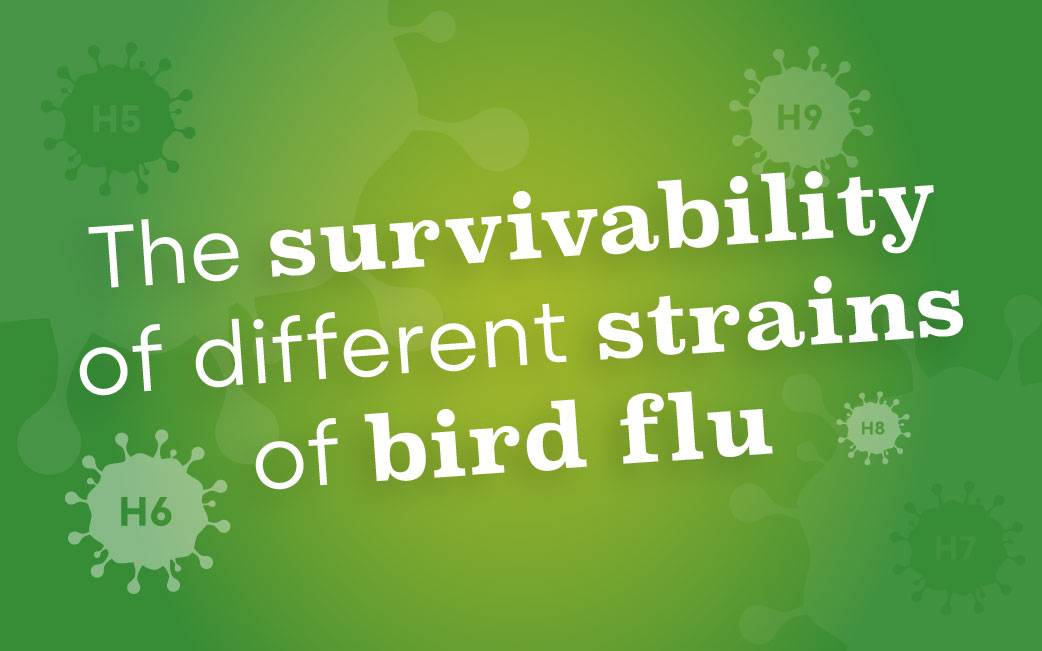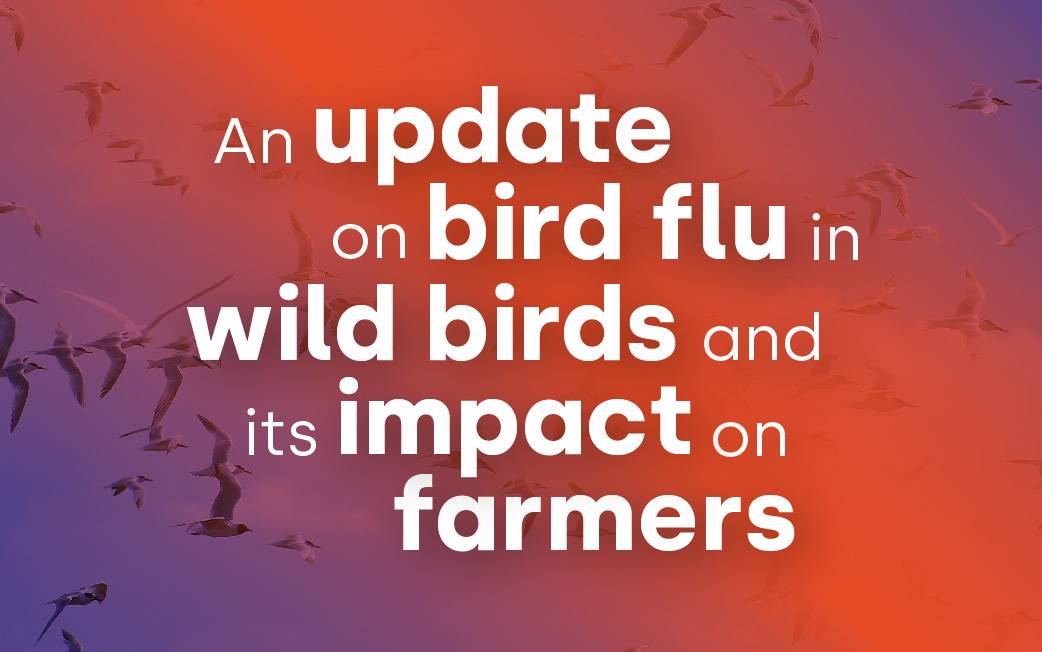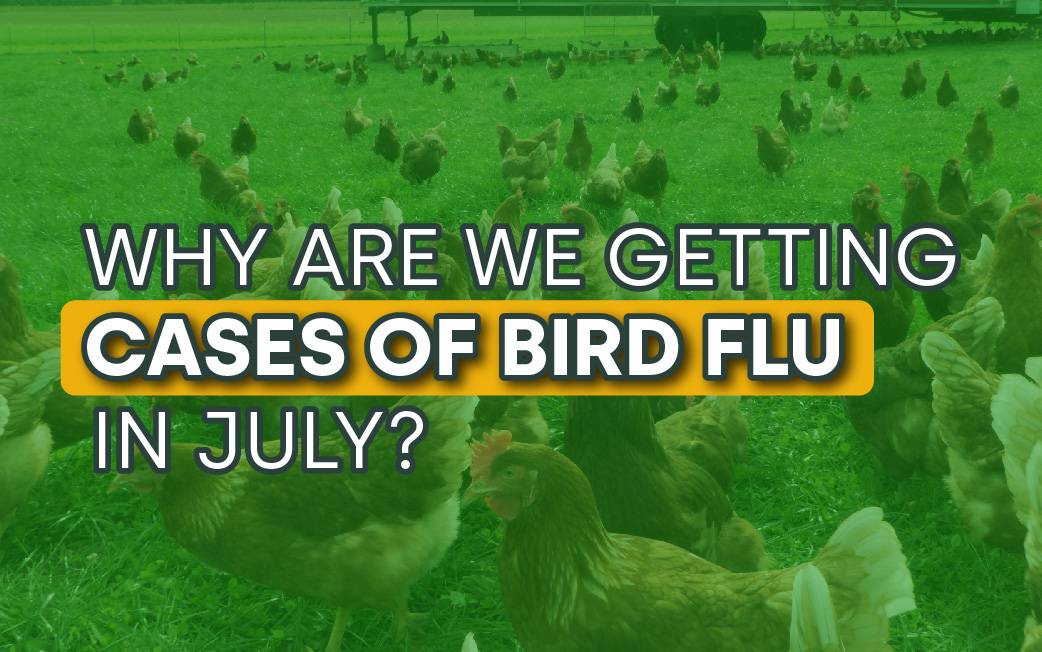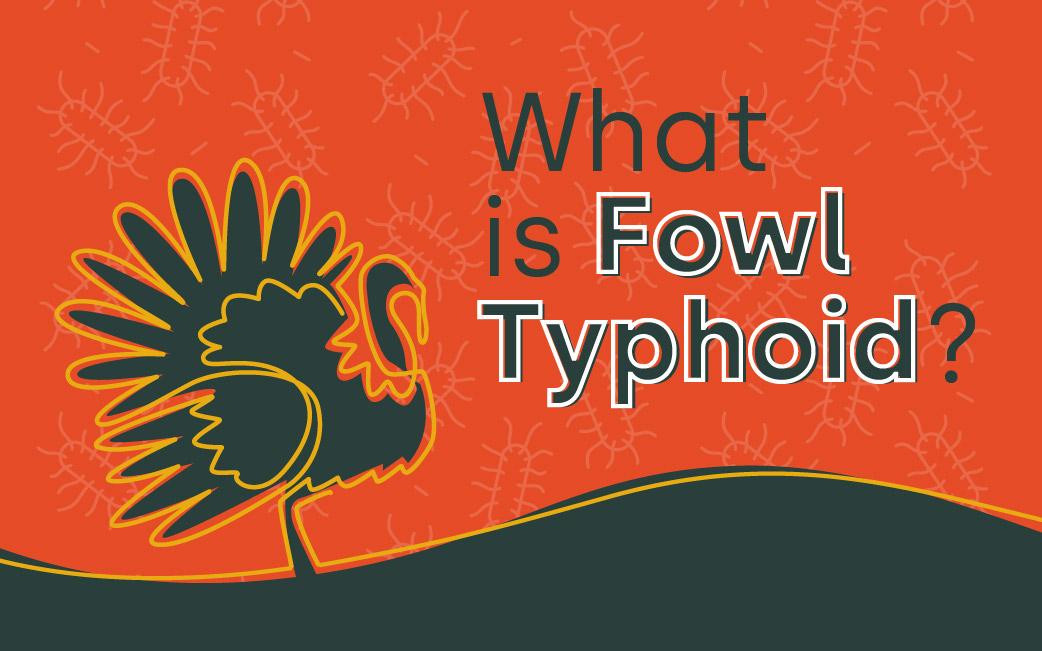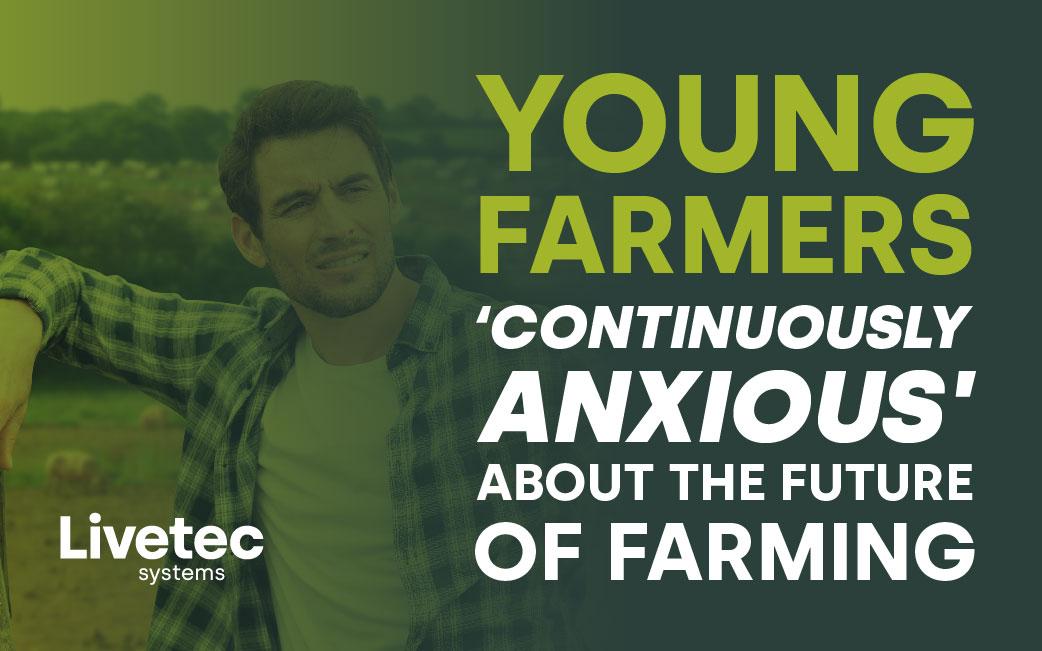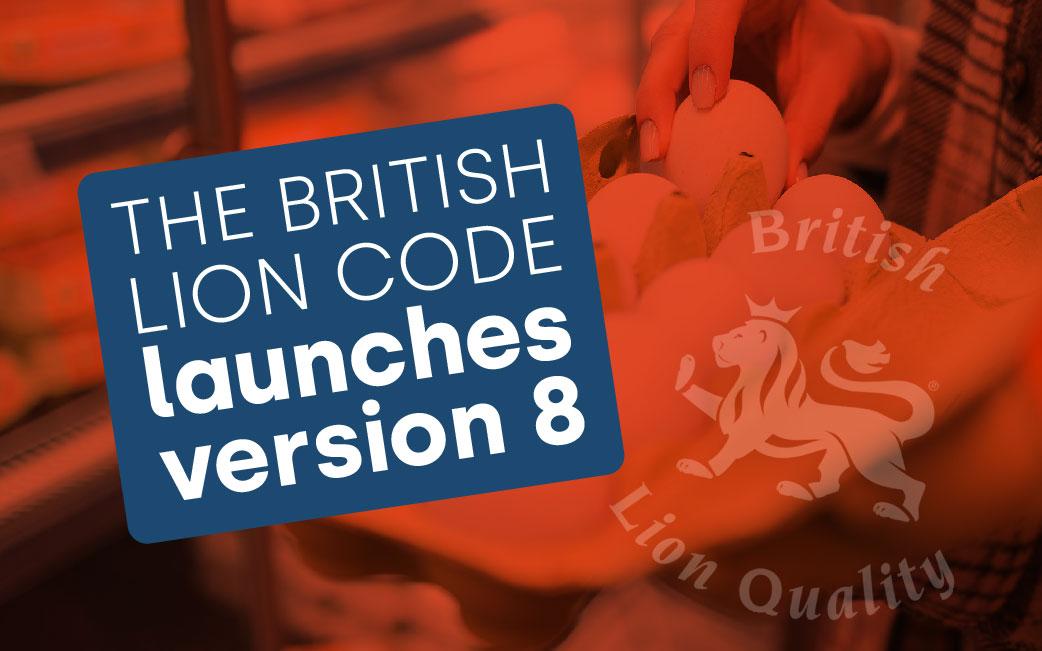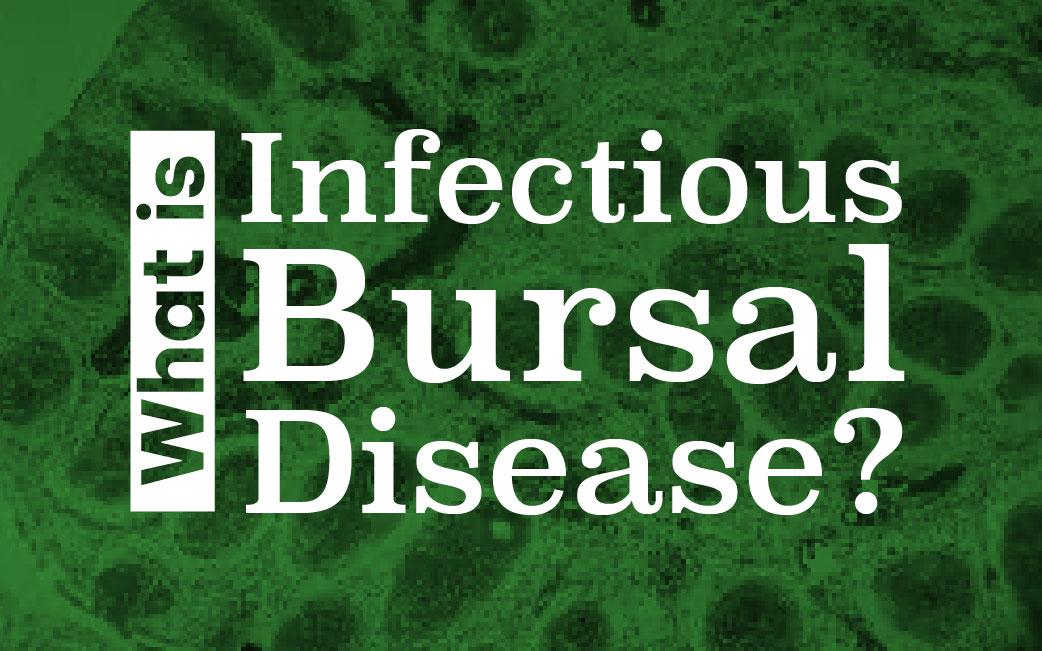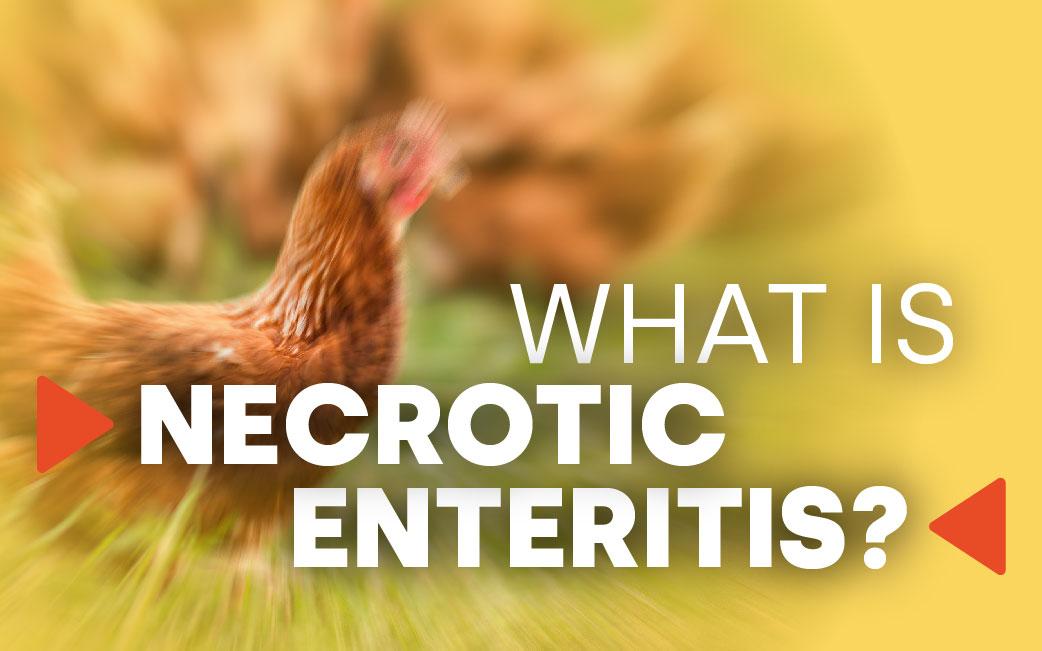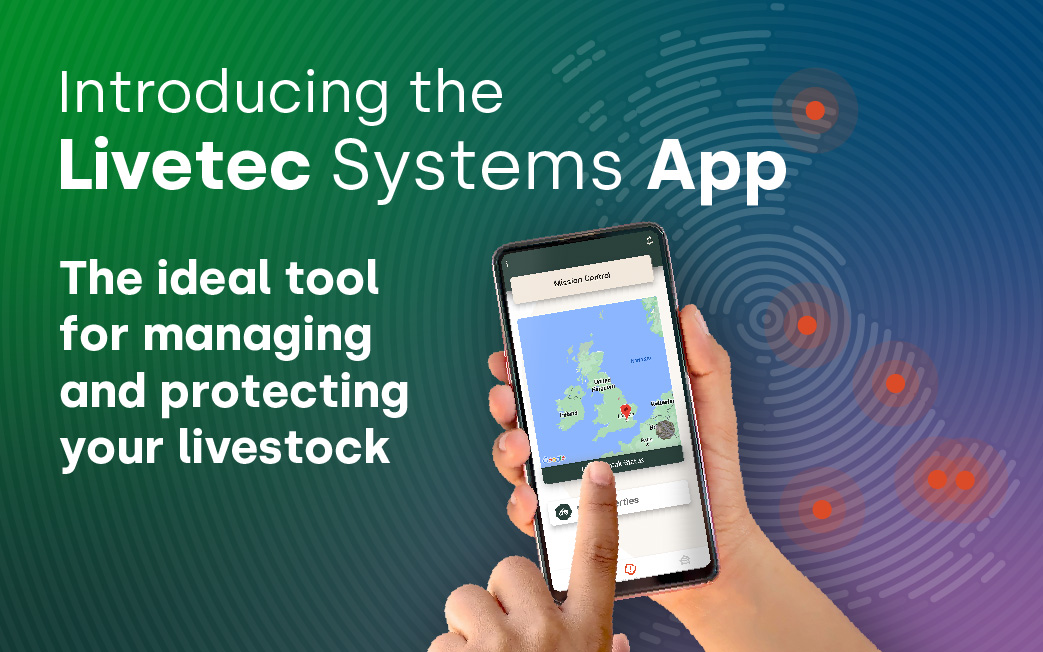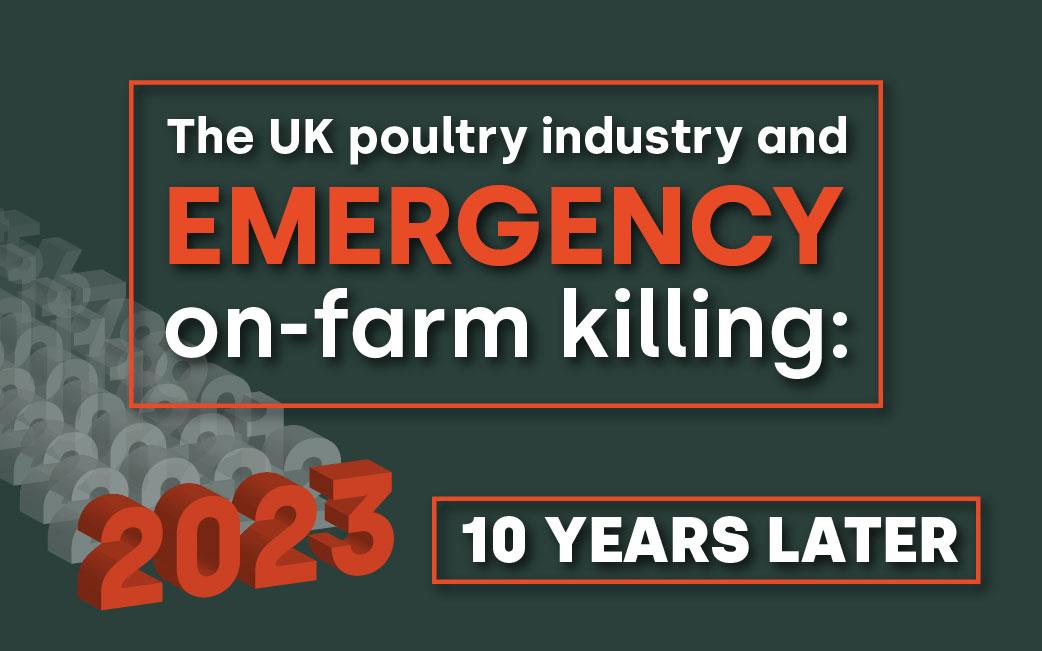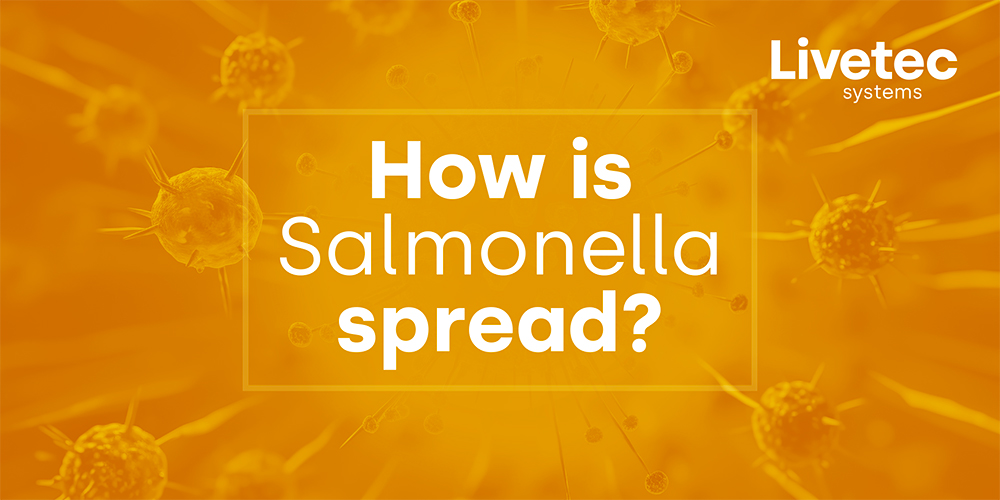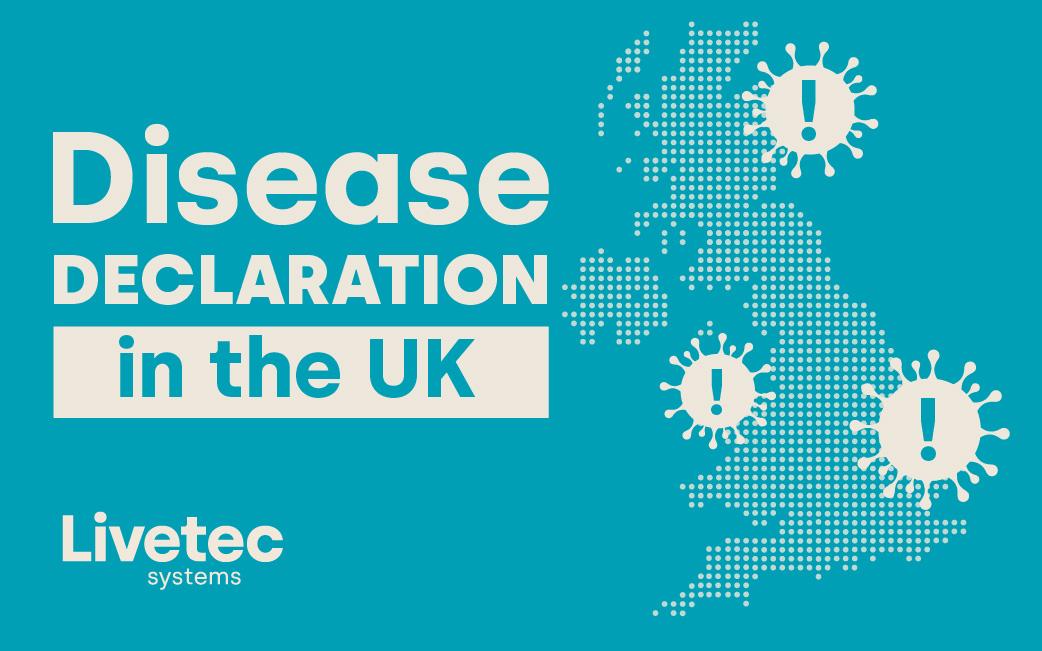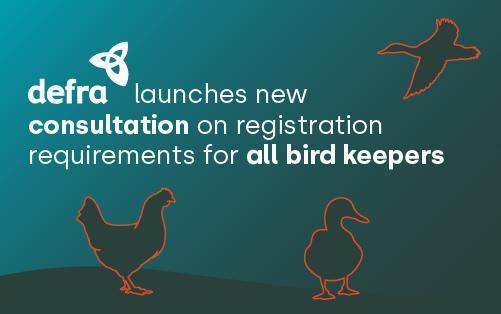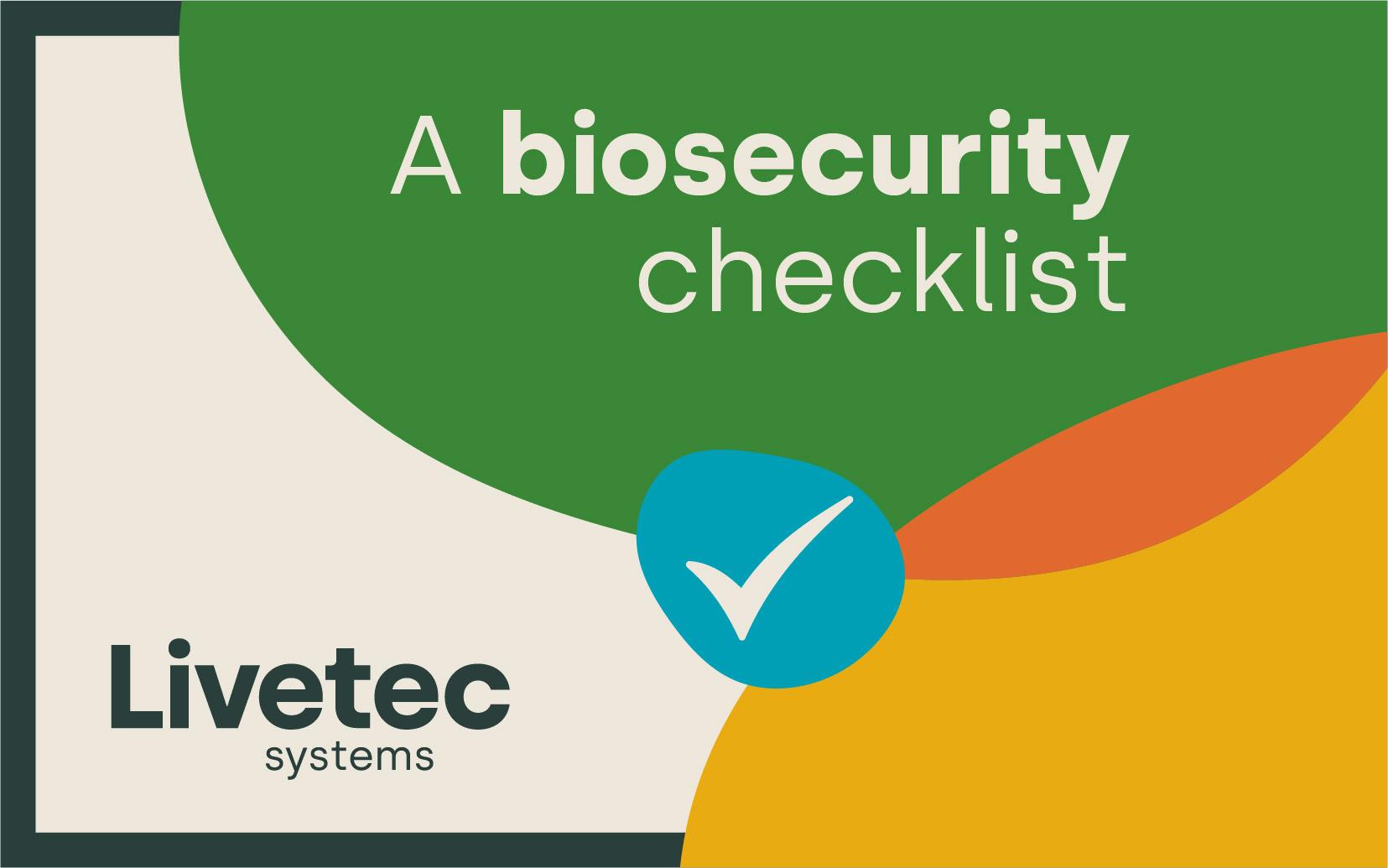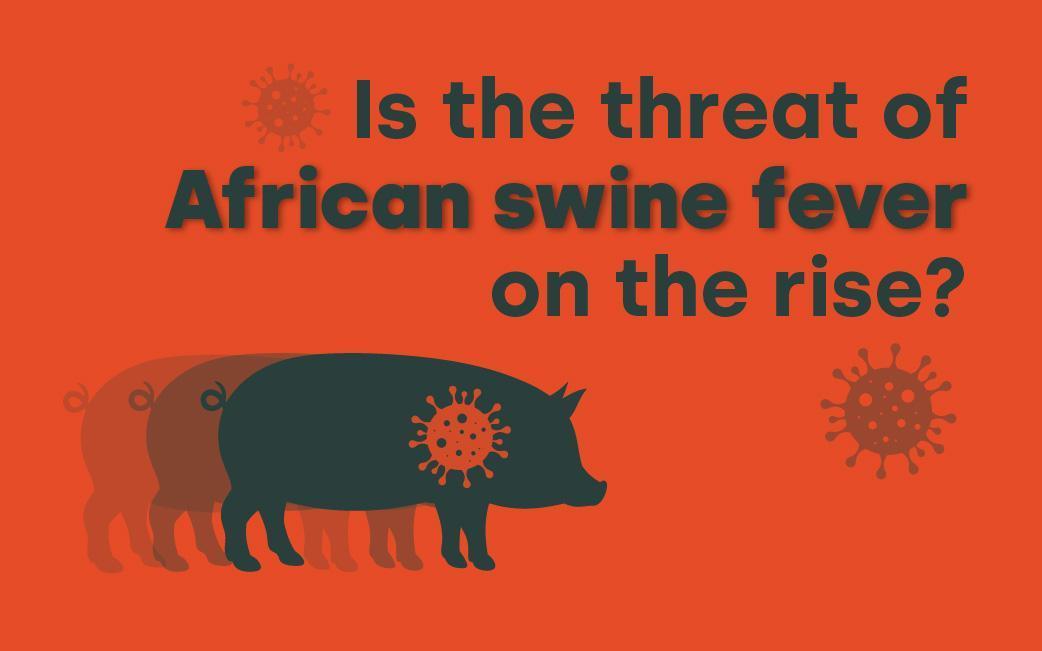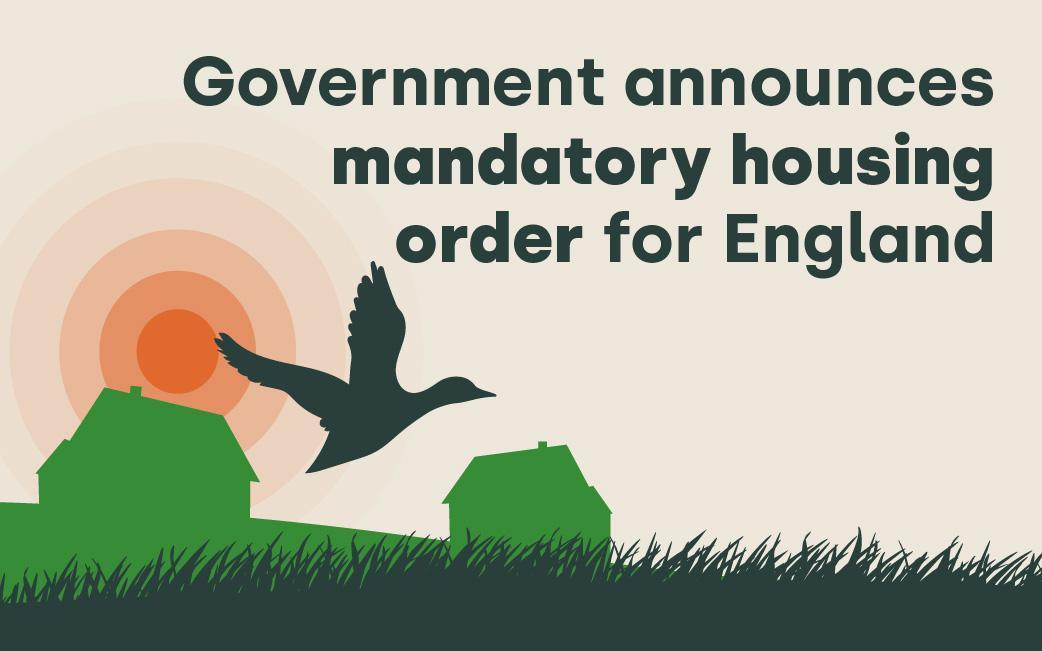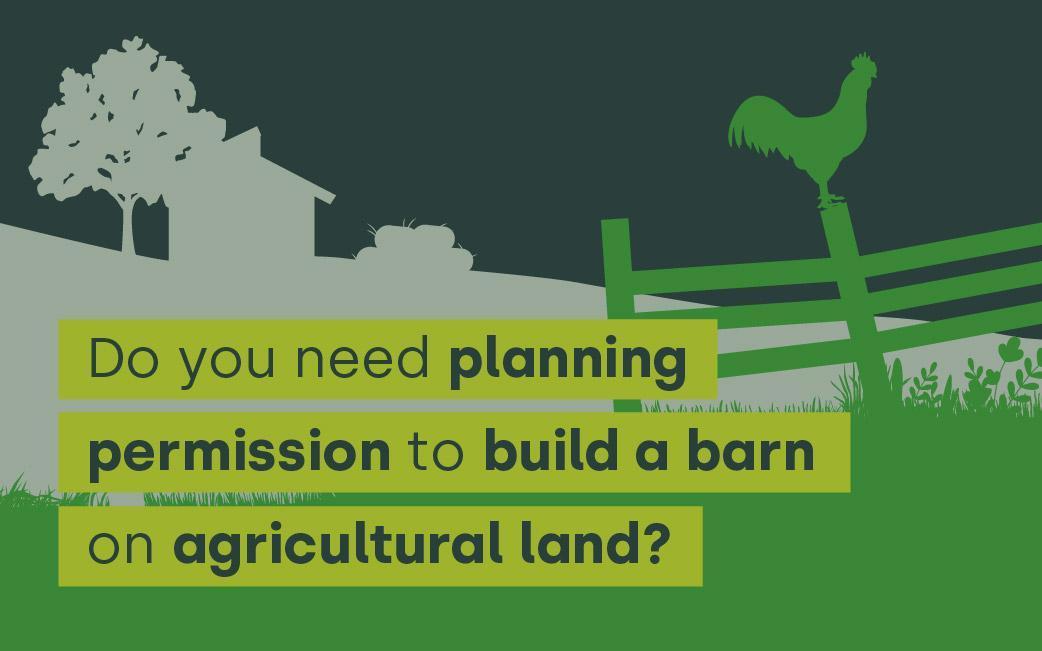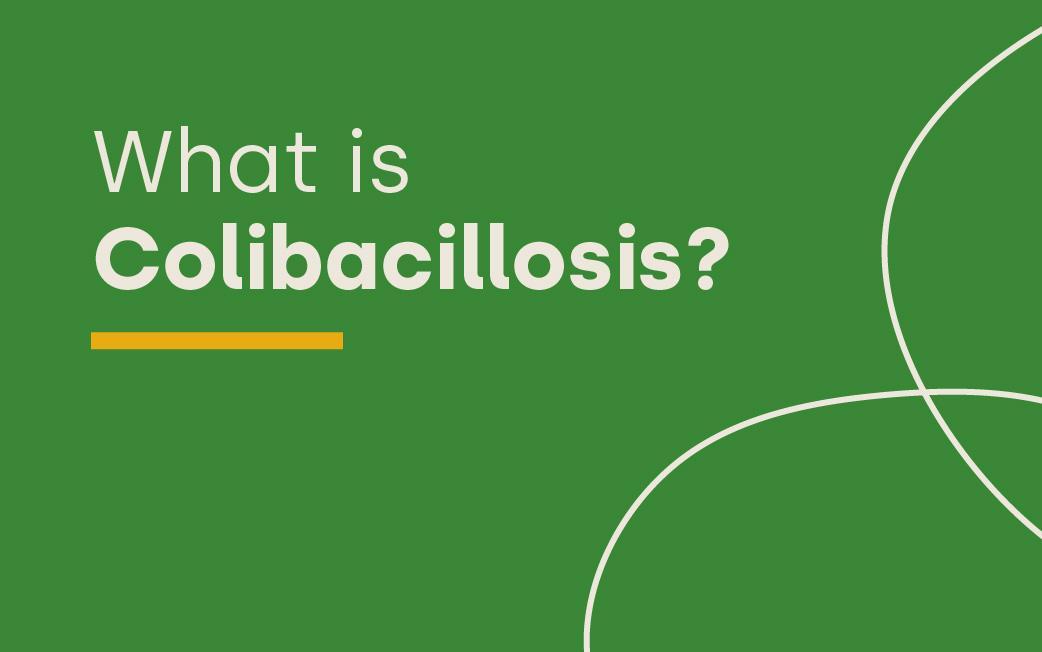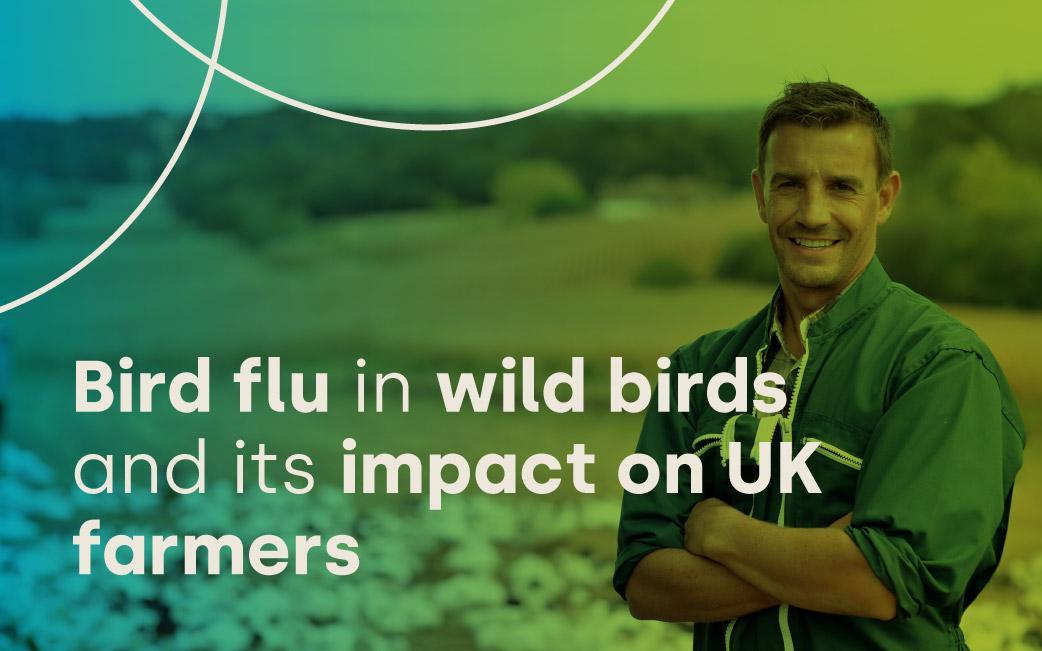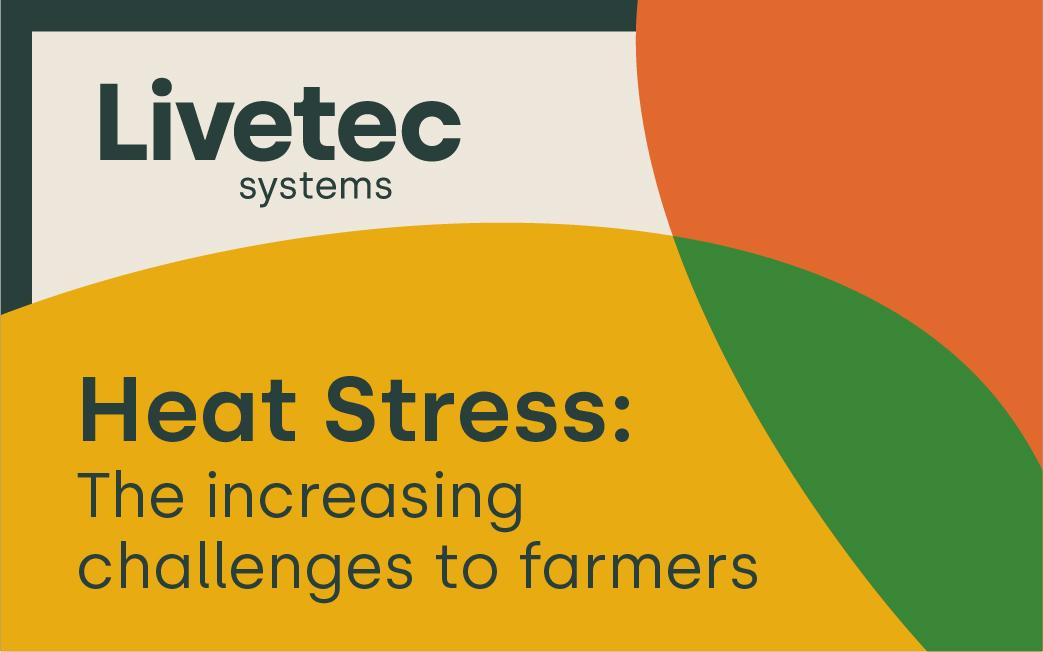Poultry farmers are facing the worst-ever avian flu outbreak ever recorded on British shores – with the disease even more pronounced amongst the national flock this season than it was last year. This is significant and highlights the scale of the current problem, given the 2020-21 bird flu season was by far the worst seen to date.
The fact that the present season already eclipses those previously record high levels underlines the seriousness of the battle being fought against avian flu on farms and in poultry sheds around the country.
The current data shows that 2.3M chickens, ducks, geese, and turkeys have been lost so far to bird flu in the current season. This is already close to the 3.2M culled in total during the entirety of the previous season. With many more months still to go, it seems certain that last year’s losses will be heavily eclipsed.
What’s the current threat level from avian influenza?
Bird flu is classified as being:
- Highly Pathogenic (HPAI) or
- Low Pathogenic (LPAI)
HPAI is the more serious strain and is often fatal, while LPAI is less severe. It’s important to remember that while LPAI may not cause the same high levels of mortality as HPAI, LPAI strains can mutate and may become HPAI.
The Department for Environment, Food and Rural Affairs (DEFRA) and the Animal and Plant Health Agency (APHA) classify the risk of HPAI in wild birds as being very high. For poultry, the risk of HPAI H5 is currently classified as high, where there are biosecurity failings and medium where good standards of biosecurity are maintained.
On the 17th October 2022, an Avian influenza Prevention Zone (AIPZ) was declared across England, Scotland and Wales. This makes the adherence to strict biosecurity measures a legal requirement for all bird keepers.
On 7th November 2022, a mandatory housing order was imposed in addition to the AIPZ, which requires all bird keepers to keep all captive birds, including commercial poultry flocks, indoors.
Which birds are most susceptible to avian flu?
Not all species of birds are as susceptible, or react in the same way, with the same levels of mortality when exposed to avian flu.
Poultry, which includes turkeys, hens, chickens, and quail, is highly susceptible to infection. Once infected, clinical signs appear quickly, within just a few days of infection, and mortality rates are high.
During the present outbreak, Britain’s free range turkey farmers have been especially hard hit. The chief executive of the British Poultry Council, Richard Griffiths says that the UK’s turkey farmers have already lost around 40% of their free-range turkey flocks.
What are the signs of avian influenza?
Defra lists 19 different possible indicators of highly pathogenic bird flu. Amongst other symptoms, poultry farmers should be on the lookout for the following being displayed in individual birds:
- Increases in the number of sudden deaths amongst their flocks
- Breathing difficulties
- Swollen heads and/or runny eyes
- Shaking
- Drooping of wings and dragging of legs
When assessing their flock as a whole, farmers should monitor for overall signs of infection. Key signs include:
- Increased temperature or fever
- A fall in egg production
- Loss of appetite
Bird flu is a notifiable disease, meaning poultry farmers are legally required to report any suspected or confirmed cases of AI on their farm.
What is the impact on farmers?
Bird flu is most commonly spread by interactions with infected wild birds, and by contact with disease brought onto farm by people, vehicles, clothing and equipment.
Bird keepers, including poultry farmers, are legally compelled to follow higher standards of hygiene and disease prevention by the AIPZ.
The measures which poultry farmers must legally adhere to now include:
- Cleanse and thoroughly disinfect all footwear, vehicles and equipment arriving on farm
- Place foot dips at the entrance and exit of all poultry sheds
- Protect against the ingress of wild birds and vermin. This can be done by placing nets over ponds, storing food undercover, immediately clearing up spillages and ensuring there are no gaps in poultry shed roofs or walls
- Restrict movement of birds and people around, on and off farm
- Keep clear records of all people accessing the farm, including those who have direct contact with poultry
- Keep clear records of all bird and egg movements on and off farm
- Thoroughly cleanse and disinfect housing and equipment at the end of each production cycle
The importance of biosecurity during an avian flu outbreak
Biosecurity is every poultry farmer’s first line of defence against avian flu. The measures outlined above can all help to stop the spread of disease, by avoiding the introduction of HPAI onto farms and into poultry sheds.
The UK’s chief veterinary officer says poultry farmers should maintain surgical levels of hygiene and cleanliness to half the spread of AI.
In addition to ensuring that there is no opportunity for people, equipment, vehicles, or wild birds to bring in disease, biosecurity plays a vital role in ensuring that if an outbreak does occur it is identified and contained quickly to stop the spread. The keeping of accurate, detailed records for example (ideally in a digital format for quick access), is of paramount importance to ensure fast contact tracing.
At its present levels, it’s very clear that bird flu presents an enormous challenge for poultry farmers and places entire livelihoods at risk. Knowing what measures to take to reduce risk, how to stop the spread of avian influenza, how to identify its presence and what to do in the event of an outbreak is business critical.
Our avian influenza spotlight carting the current avian influenza landscape provides a comprehensive overview of bird flu including practical advice for reducing your level of risk, a complete list of warning signs to be aware of at individual and flock level and what to do next if you suspect AI is present on your farm. With cases rising, it’s an essential resource and free to download now. Download it here.













